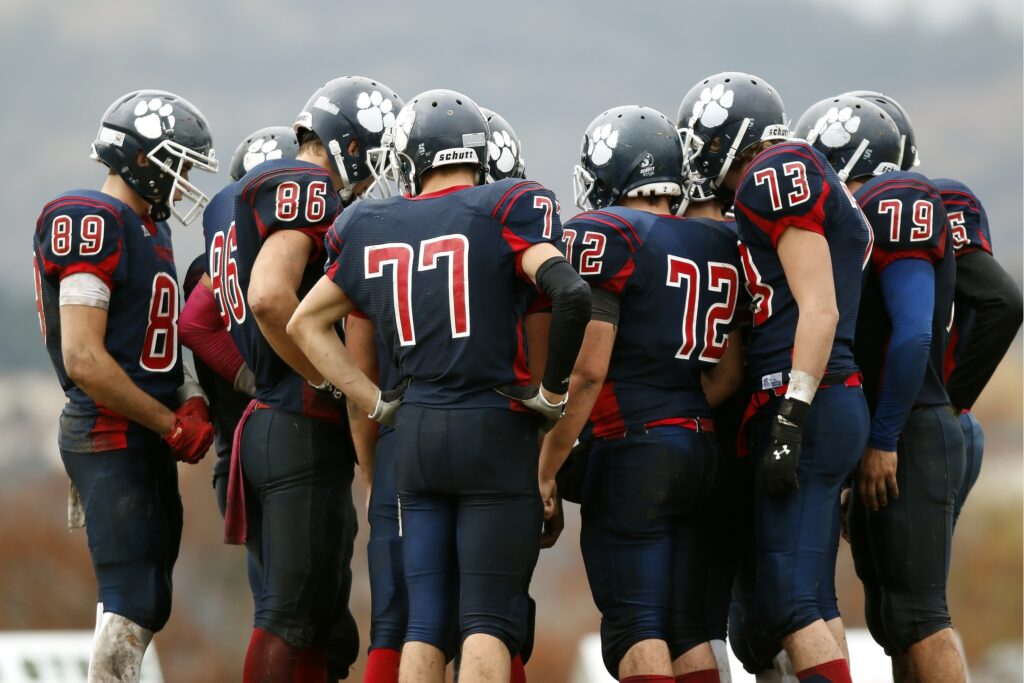“How do you hold an Effective Team Meeting?” – Many supervisors and workers would ask this question in a frustrated or exasperated tone. Managers fear that meetings may not be the most effective use of an organization’s time. Furthermore, employees perceive an overwhelming volume of information being delivered in a short period in these meetings. In reality, firms spend around 15% of their time on meetings, with research indicating that 71% of those sessions are ineffective. Furthermore, 45 percent of employees are stressed out by the number of meetings they must attend. In this case, should we break the news to Michael Scott? Nope!

While hosting a meeting may not appear to take much expertise, there is an art to organizing a conference. Possessing those talents to run effective team meetings will serve you and your team well for the rest of your life. And the most significant part? It’s not that difficult – there are a few essential things you can do to help meetings run more smoothly and to ensure that the next time you conduct a meeting, it will be a success. In this blog, we discuss how any manager or employee can confidently lead effective team meetings!
Why Team Meetings?
We’ve all walked out of a meeting feeling as if nothing was done. Time is money, and nothing is more stressful than sitting through a poorly handled meeting while contemplating all the other chores you might have completed in the same amount of time.
Meetings, like it or not, are an essential aspect of the corporate world in practically every sector and profession, and when done correctly, they can be pretty productive and valuable. The problem is that many individuals do not know how to manage an effective team meeting, so meetings are not always used to their maximum potential. Understanding the best ways to organize a team meeting will help you plan to make the most of your team members’ time and abilities.

To further comprehend the function of team meetings inside a business, consider two quotes from Henry Ford, the renowned industrialist:
“Coming together is a beginning. Keeping together is progress. Working together is success” and “If everyone is moving forward together, then success takes care of itself.”
It’s one thing to gather a bunch of people and call them a team, as Ford implies here. It’s another thing to unite them and urge them to work and progress with a common goal. A company can achieve its goals by establishing this level of team cohesion. Where will colleagues be able to meet, discuss, align, and gel? During a team meeting!
As a result, team meetings provide a primary — yet necessary — forum for discussion. This is especially critical if your company includes many remote workers. So let’s understand how a manager can organize more effective team meetings.
Tips for Leading Effective Team Meetings
Here are some of our top tips for leading effective meetings.
Have your 4 P’s ready:

In a nutshell, effective meeting management entails:
- Before the meeting, be aware of the Purpose, Product, People, and Process (agenda), and begin the meeting by sharing this information with meeting attendees.
- Create an agenda that specifies the key questions you hope to solve in each section of the agenda. Outline the meeting attendees’ roles concerning any decisions that will be taken during the meeting (e.g. decision maker, advisor or observer).
- Make time at the end of the meeting to explain and capture future steps and choices made during the discussion.
- Assign a facilitator and a note taker. The facilitator is in charge of planning the agenda and administering the meeting. The note taker is in charge of documenting decisions and following steps.
- The majority of what makes an effective team meeting is the preparation before you arrive in the room. (convener dialogue, intake [for a large gathering], agenda design, ground rule creation, logistical management)
- Maintain the focus and timeliness of your meetings.
More importantly, determine your purpose.
Determine why you need to meet with your team before you start outlining and planning your meeting agenda. Examine the situation by asking yourself why you need to gather everyone. There’s no need to meet if it’s something you can swiftly handle in an email. Look for topics that need debate, a thorough explanation, or team input.
Gather feedback before the meeting.
Solicit ideas from your team after you’ve identified why you need to meet. Determine what they need to know about your selected topic. Encourage them to submit questions ahead of time so that you can prepare a thorough response and address them at the meeting.

Make an agenda and a presentation.
Create an outline for your meeting as you begin to plan it. This will function as your agenda. Consider printing or distributing your final document to your teammates as a digital file. Determine whether you require presentation software to make digital slides for your material.
Share the purpose of the team meeting effectively to attendees.
Sharing a clear meeting goal might give team members additional reasons to participate in your presentation and internalize your message. Consider writing down two or three goals you may refer to throughout the conversation.
Distribute compliments
As the meeting begins, recognize team members for their achievements since the last meeting. Praise for colleagues creates an excellent tone for the meeting and demonstrates that you respect their contributions. You could even set up a system where coworkers nominate each other for appreciation during the workweek and then announce the praises during your meeting.

Time management: Key to effective Team meetings
It’s a good idea to demonstrate respect for your coworkers and their time by starting and concluding meetings on time. Stick to your agenda and keep any additional questions or conversations after the meeting. Take into account the length of your meeting. Unless you have a long seminar scheduled, shorter is frequently preferable. A learning lunch can also help you make the most of your time. You may bring in catered meals and have your meeting while your coworkers eat.
Increase the value of your information.
To make your meeting material relevant to team members:
- Provide action steps or result objectives.
- Provide colleagues with actionable information that they may utilize to improve their efficiency, develop their skills, or achieve their dreams.
- Make it a goal for each team member to leave the meeting with a new tool to help them do their job better.

Use a variety of strategies.
Meetings might become commonplace, making it difficult for people on your team to connect with your material. Change the way you distribute information during particular meetings to avoid this. Here are some suggestions for changing your meeting style:
- View a video.
- Invite a special guest speaker.
- Share a professional book.
- Invite team members to participate.
- Try different venues if possible.
Allow time for discussion.
Make time for debate when you intend to lead a team meeting. Set explicit instructions for how you want team members to share and how much time you have for this portion of the meeting. If you start running late, divert specific queries for a post-meeting follow-up. Make sure to answer any unanswered questions, so your team members know you respect and listen to their comments.
Share important information digitally.
Share crucial files over a network or tool when conducting a meeting via video conference or in a conference room. It would help if you considered developing a cloud-sharing platform for meeting notes, presentations, and agendas.

Ask for follow-up feedback.
After your team meeting, send a digital survey or email to your coworkers asking for specific comments. It is preferable to ask a question regarding a particular issue of the presentation rather than a broad inquiry such as “how did you feel about the meeting?” This may also be an excellent approach to continue a conversation that had to be cut short due to time constraints.
Be flexible
Although it is necessary to strive to stay on-topic and on time to respect people’s time, don’t be too strict about it. Allow the conversation to go in an unexpected direction (as long as it is still productive). If the meeting is nearing its finish, but the debate is still going strong, don’t cut it short; if feasible, prolong the meeting to enable the dialogue to wind up more organically (or, if people have conflicts, schedule a follow-up meeting).

The team will likely benefit more from effective meetings than you perceive.
- An estimated $37 billion is lost per year to unproductive meetings.
- At least 30% of workers believe that their ideas are shut down far too quickly in meetings.
By following the steps mentioned above, you can ensure that such statistics don’t apply to your organization. All effective meetings are likely to:
- Build Stronger Relationships
- Establishes Alignment
- It helps make better and faster decisions
- Promotes Inclusion
- Facilitates Creative Thinking and Innovation
- A Medium for Feedback and Continuous Improvement
- Improves Employee Engagement

Conclusion
Meetings are an essential component of every organization. It allows employees to congregate, discuss ideas, provide feedback, and learn from one another.
Leading a team meeting is an exciting task for experts in any sector. Using critical practices to engage meeting attendees is vital for leaders to learn, whether your team comprises a small group of staff members or an entire department. The tips mentioned can help your organization use their time more productively.




